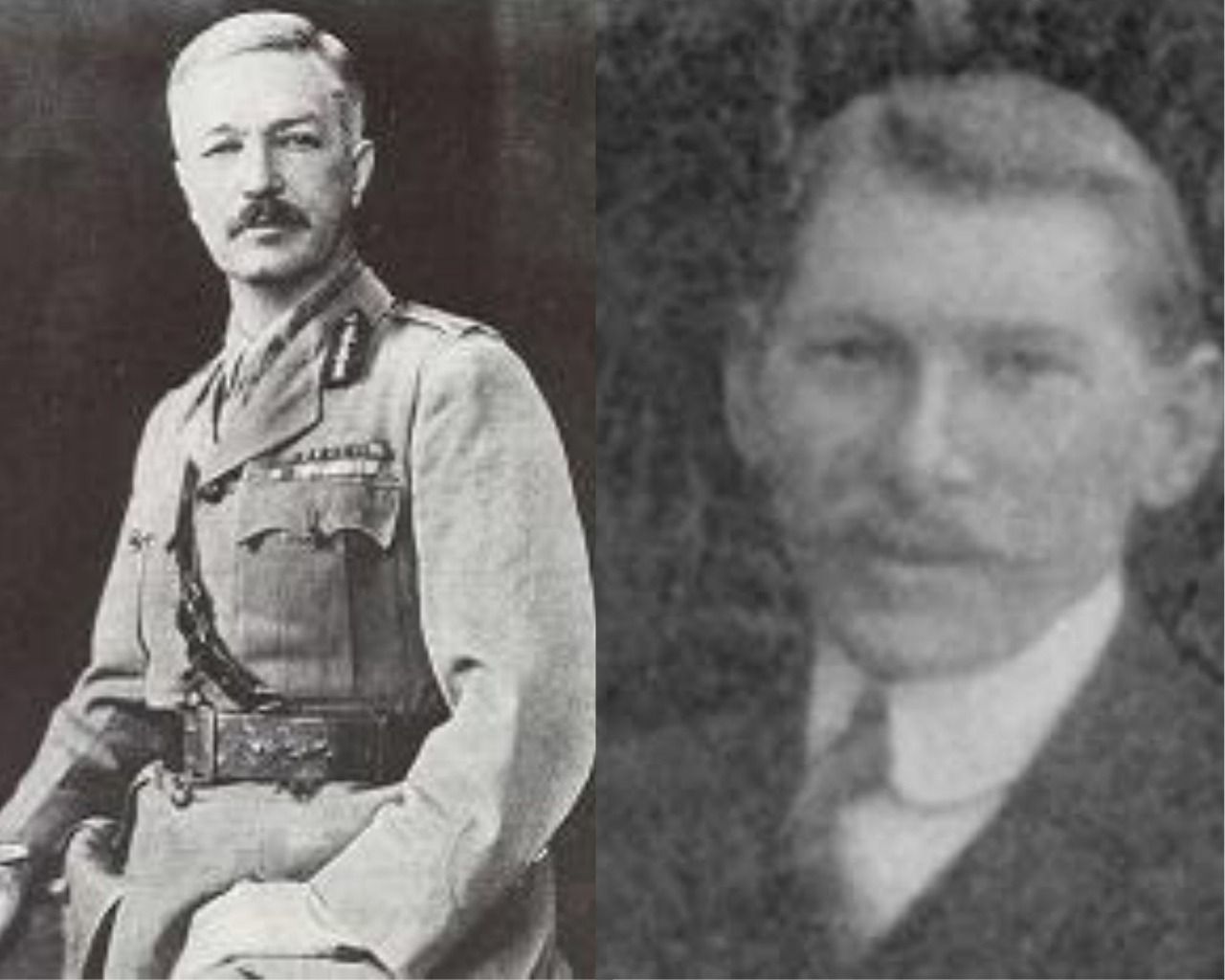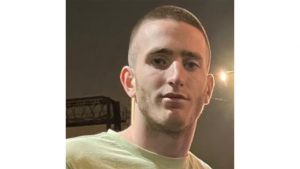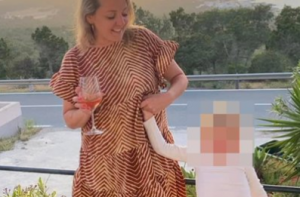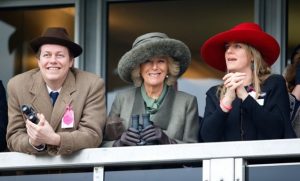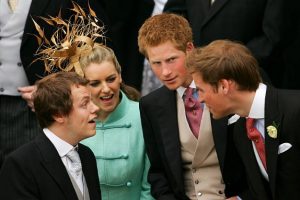General Reginald Edward Harry Dyer ordered his troops to open fire on thousands of people gathered at the Jallianwala Bagh in Amritsar on April 13, 1919, killing hundreds. The lieutenant-governor of Punjab at the time was Micheal O’ Dwyer. 21 years later, on March 13, 1940, Indian revolutionary Udham Singh shot dead O’ Dwyer in London. It was revenge, he said, for the massacre that killed hundreds at Jallianwallah Bagh.
Also read: Lesser-known facts about the Jallianwala Bagh massacre
Udham Singh killed Dwyer, the British politician, not Dyer, the British general. The similarity in the two men’s names regularly causes people to report the assasssination as that of Gen Dyer, the Jallianwallah Bagh killer. Michael O’Dwyer had backed Gen Dyer on the Jallianwala Bagh firing and it is likely that Udham Singh got the man he meant to kill, though there have been debates on whether it was a case of mistaken identity. For one, Dyer was already dead in 1940. He died in 1927 of cerebral haemorrhage.
Also read: History of Jallianwala Bagh massacre: What happened on April 13, 1919
Dyer, a brigade commander at Jalandhar, had moved his troops to Amritsar and banned “processions of any kind” following violence in the city over over the secret deportation of freedon fighters Dr Saifuddin Kitchlew and Dr Satya Pal and the Rowlatt Act. Michael O’ Dwyer had also ordered the arrest of Mahatma Gandhi near Delhi to stop him from entering Punjab.
On April 13, Dyer’s troops blocked the only exit from the Jallianwallah Bagh and opened fire on peaceful protestors. It was Baisakhi day, as is today.
While Michael O’Dwyer didn’t order the Jalianwalla Bagh firing, he gained notoriety for defending Dyer.
Also read: 4 books written on Jallianwala Bagh tragedy
A Westminster parliamentary inquiry condemned Dyer, who was relieved of his command but O’Dwyer told Viceroy Frederic Thesiger Chelmsford that “the Amritsar business cleared the air, and if there was to be holocaust anywhere, and one regrets that there should be, it was best at Amritsar.”
Udham Singh, then 20, was at Jalianwalla Bagh when the massacre took place.
Udham Singh travelled to East Africa to work as a labourer . He then moved to the United States of America, where he joined the Ghadar Party, a revolutionary group formed by immigrant Punjabi-Sikhs for India’s independence from British rule.
Although he returned to Punjab in 1927, Udham Singh was arrested and jailed for four years for possession of illegal arms and running the Ghadr Party’s publication, Ghadr di Gunj.
He was released in 1931 and escaped to Germany before reaching England in 1933. On March 13, 1940, Udham Singh shot O’Dwyer at a joint meeting of the East India Association and the Central Asian Society at Caxton Hall, London. He did not flee from the spot and said during his trial that he had waited 21 years to carry out the assassination.
Udham Singh was hanged on 31 July 1940. His mortal remains were handed over to India in 1974.

